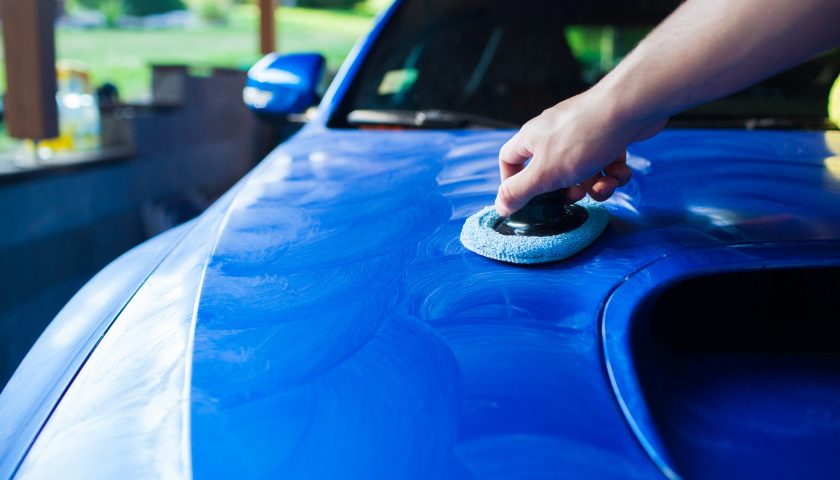Most people make a point to stay up to date on car maintenance like oil changes and brakes. One spot a lot of people miss is waxing their cars. That’s too bad because it’s an easy way to help maintain your car’s value.
Plus, unlike DIY car painting, DIY car waxing is very forgiving of errors. The thing to remember is wax just adds an extra layer of protection to your car’s existing clear coat. If you miss a spot or don’t buff it just right, you’re unlikely to damage the paint job.
Let’s jump in and see what you need to know for your home car wax.
What You’ll Need For DIY Car Waxing
Waxing your car at home doesn’t demand a lot of special gear or equipment. In fact, you can pick up most or all of it at a big box store. Here’s a list of the essentials for a basic waxing:
- 2 five-gallon buckets
- car washing soap
- car wax
- a junk towel
- cotton rags
- a sponge
It’s important that you use soap meant for washing cars. Dish detergents and soaps act like abrasives that take off wax and even scratch the clear coat or paint beneath.
You also want to pick the Best Car Wax for your vehicle. They last longer and usually offer a better shine.
You must also choose between liquid, hard, or soft waxes. Liquid waxes go on easier than hard or soft waxes, but don’t hold up as well.
Washing the Car
You must wash the car before applying any wax. Even if you don’t see it, your car picks up dirt, dust, and other particulates. Applying wax without washing the car grinds that debris against the paint and scratches it.
The car wash soap will include mixing instruction, which you should follow. It’s usually a small amount of soap mixed into several gallons of warm water. Fill the other bucket with warm water.
Start with the roof and work down from there on one side of the car. Rinse your sponge frequently. Use a hose for removing any lingering suds.
Dry the car with the junk towel.
Waxing the Car
Wax the car in sections. For example, you might wax the front door and then the back door on a sedan. This prevents the wax from drying too much.
If you use a liquid wax, you apply the wax to a cotton rag or a sponge. Then you spread the wax on the car with a circular motion. Apply the wax evenly.
Soft and hard waxes get applied with pads.
Allow the wax to dry according to the directions, around 5 minutes in most cases.
Buff the wax with a clean cotton cloth or a microfiber towel. Apply gentle pressure and use circular motions.
Parting Thoughts on DIY Car Waxing
Making sure your car gets the occasional coat of wax helps preserve the vehicle’s value. Plus, most people can take on a DIY car waxing.
It doesn’t call for a lot of special or expensive equipment. It really is all about putting in a little time and effort.
Looking to raise your DIY car maintenance game a little more? Check out our post on DIY auto repairs.

